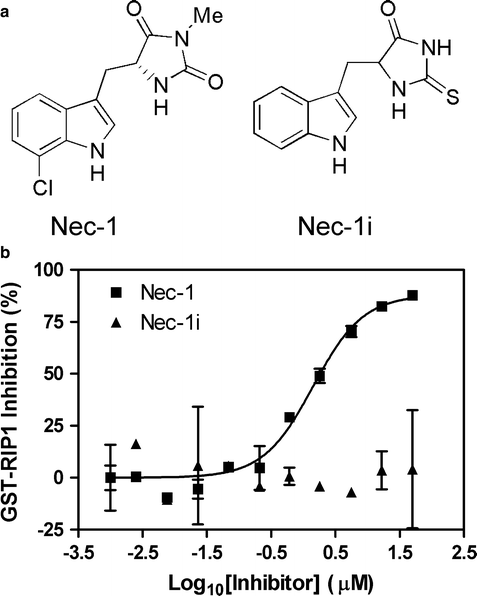

However, it also comes with a degree of inaccuracy, as it doesn’t allow to accurately distinguish within the same dilution. This is fairly straightforward and doesn’t require further analysis. In a discontinuous manner, the single dilution at which 50% of cells display CPE is used to approximately quantify the amount of virus present in the original stock. At this point, the effect of the serial dilution on the cells can be scored either in a discontinuous or continuous manner. In a TCID50 assay, serial dilutions of a virus are added onto monolayers of cells, and left until CPE can be seen. TCID50 assay: what it is and how to use it In fact, very little information on the virus itself is required, making it a key tool to study new and emerging pathogens. As long as the virus of interest causes cell death, this assay has the advantage of being cheap and easy to implement also when virus-specific antibodies are not available. The TCID50 assay is used to quantify viral titres by determining the concentration at which 50% of the infected cells display cytopathic effect (CPE). This month we cover an old classic, the Tissue Culture Infectious Dose 50 assay, or TCID50.


 0 kommentar(er)
0 kommentar(er)
